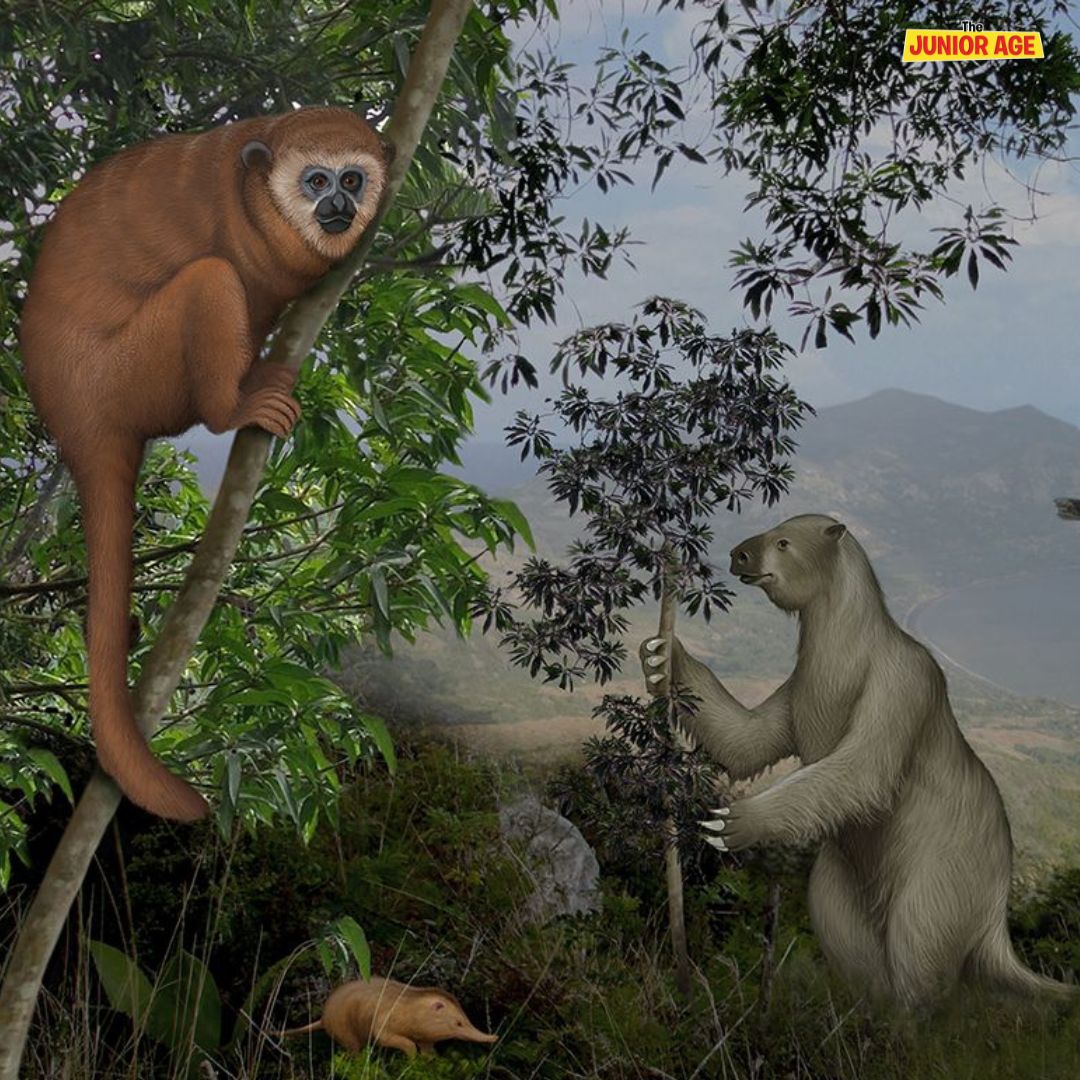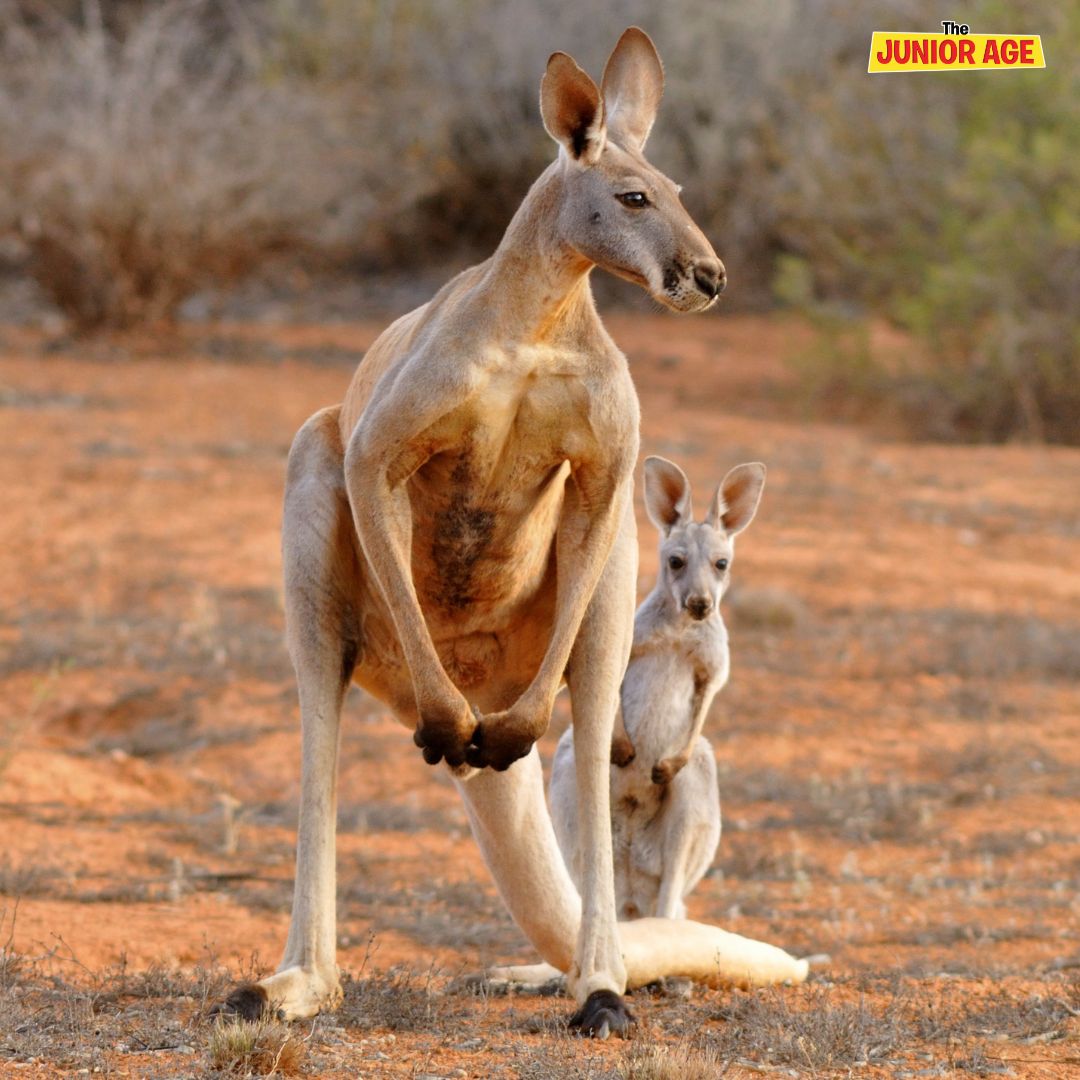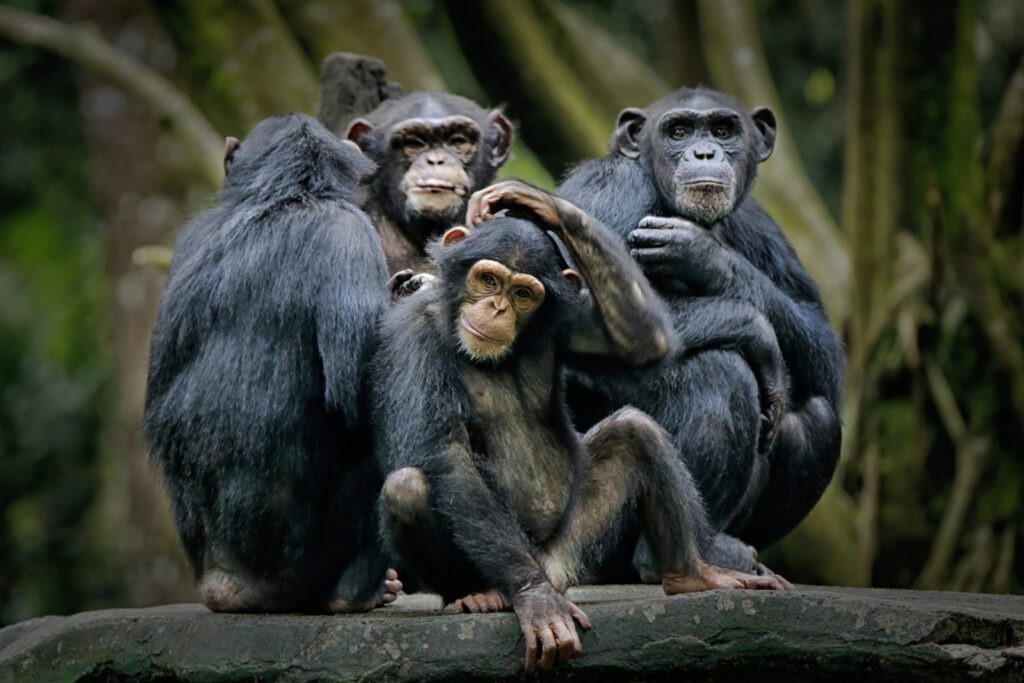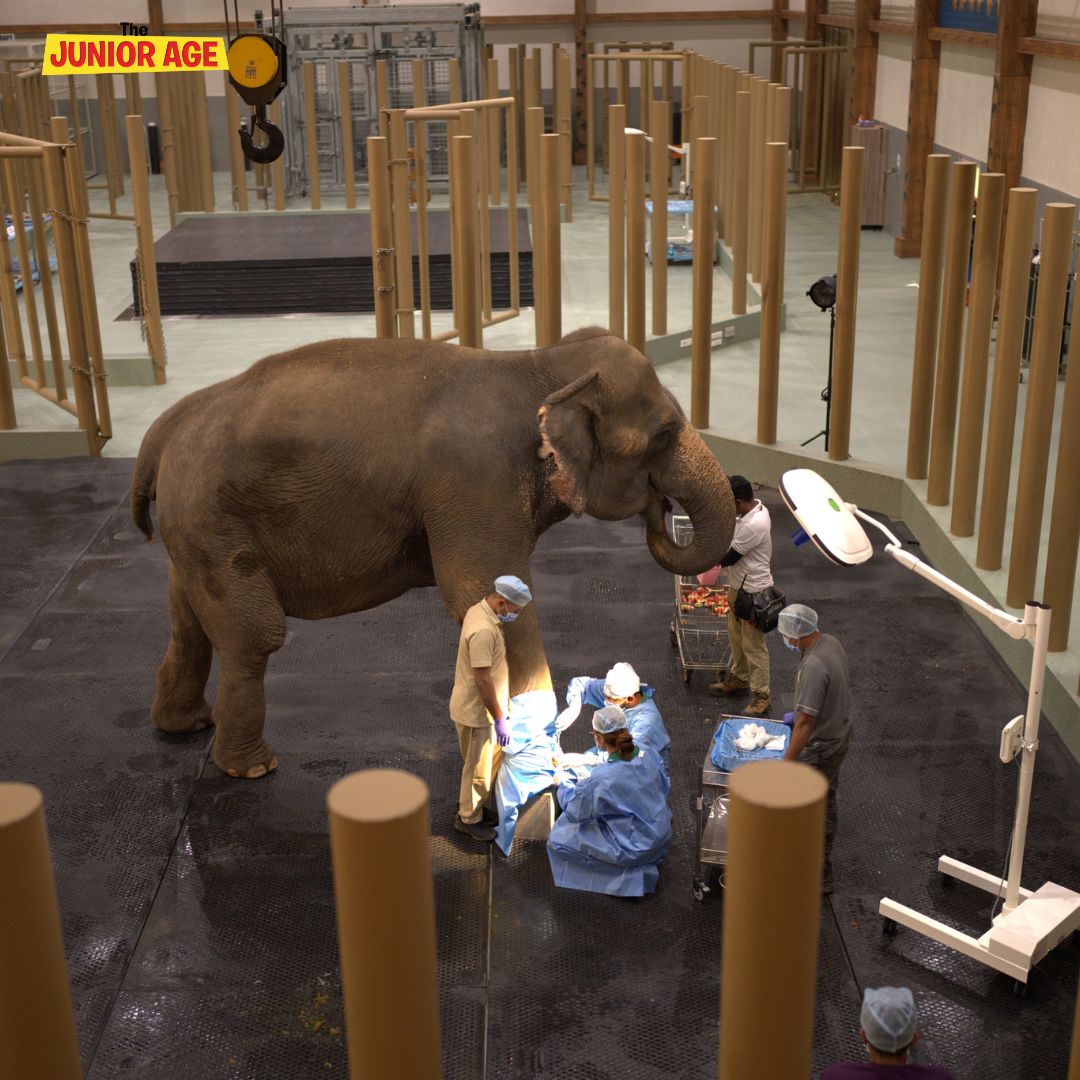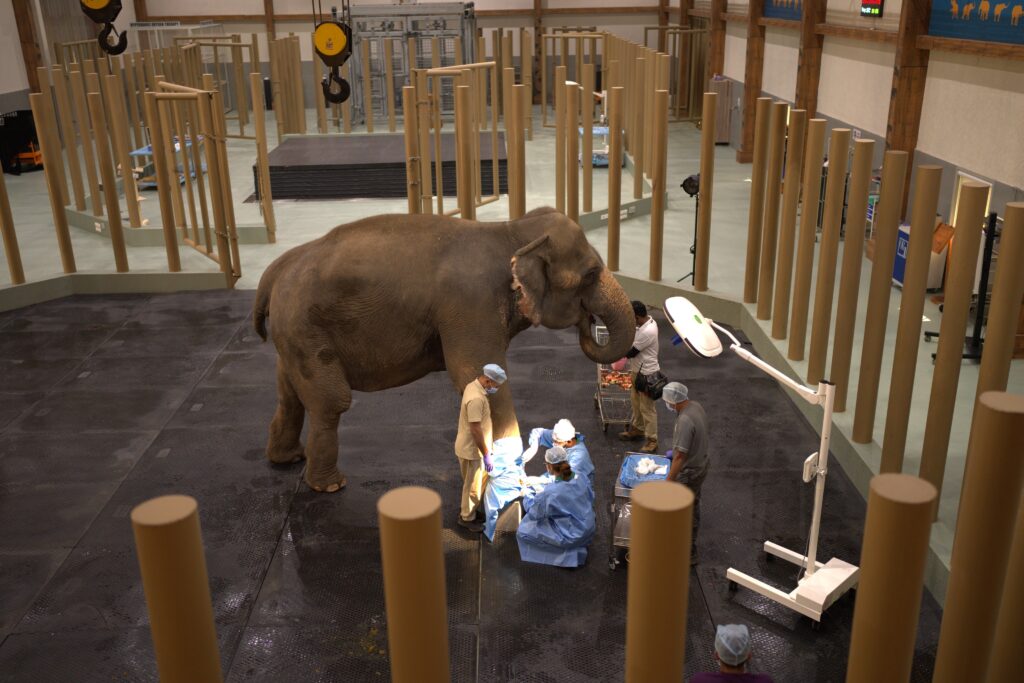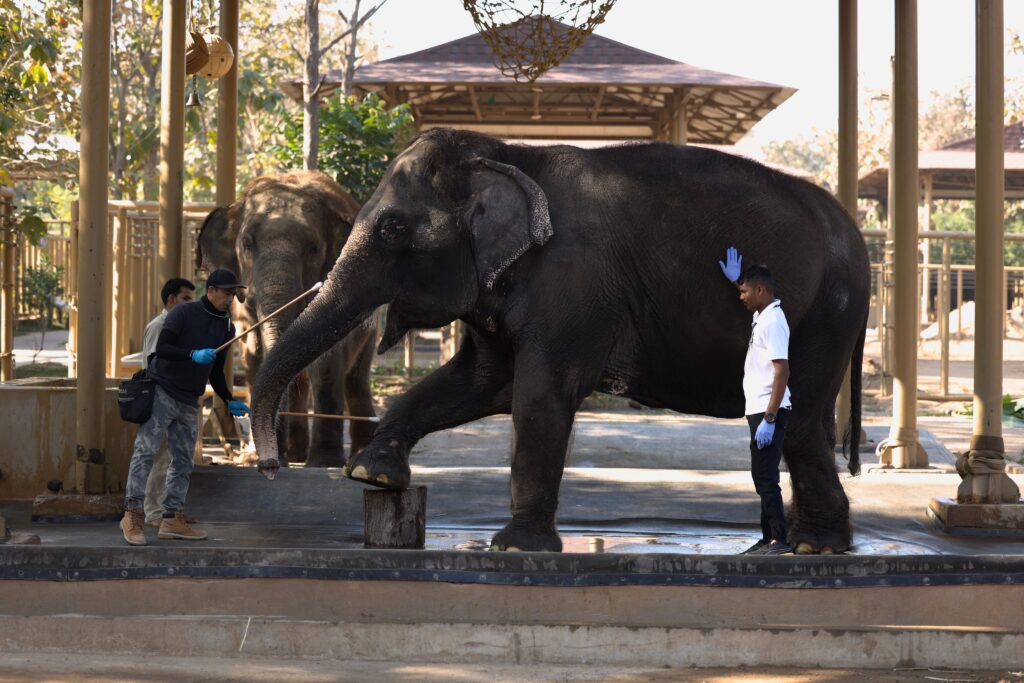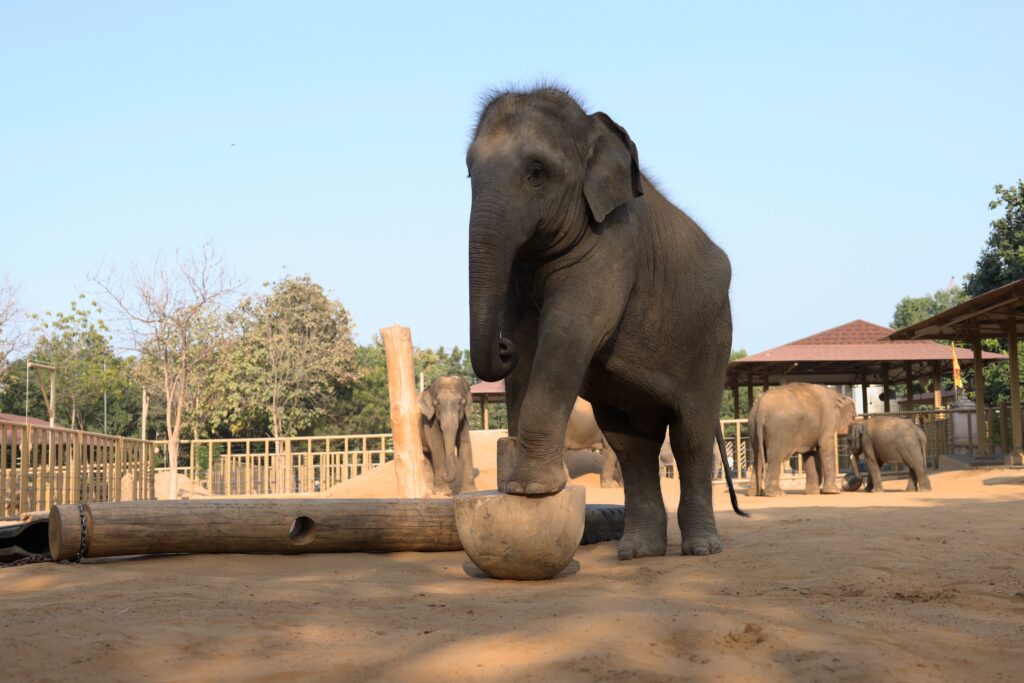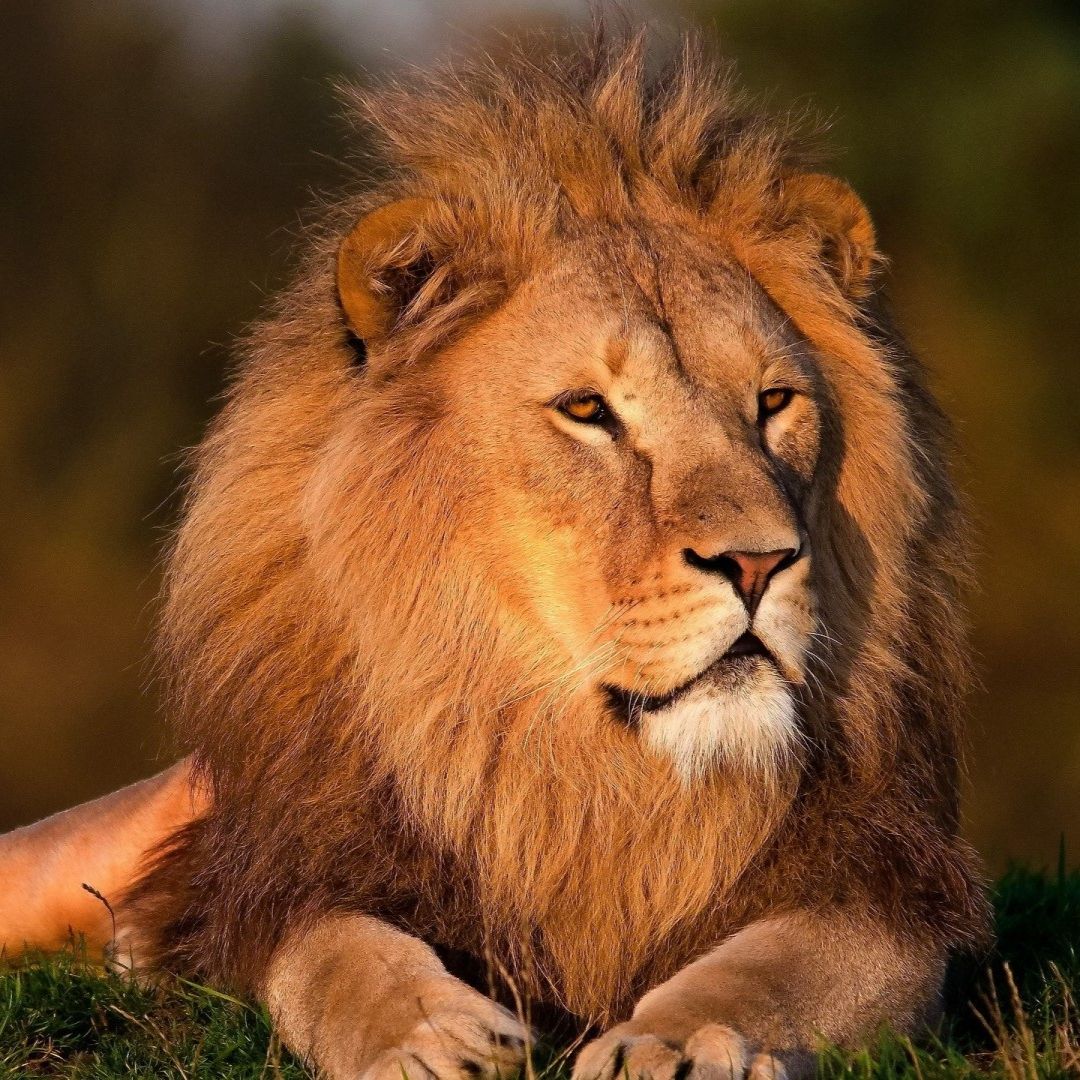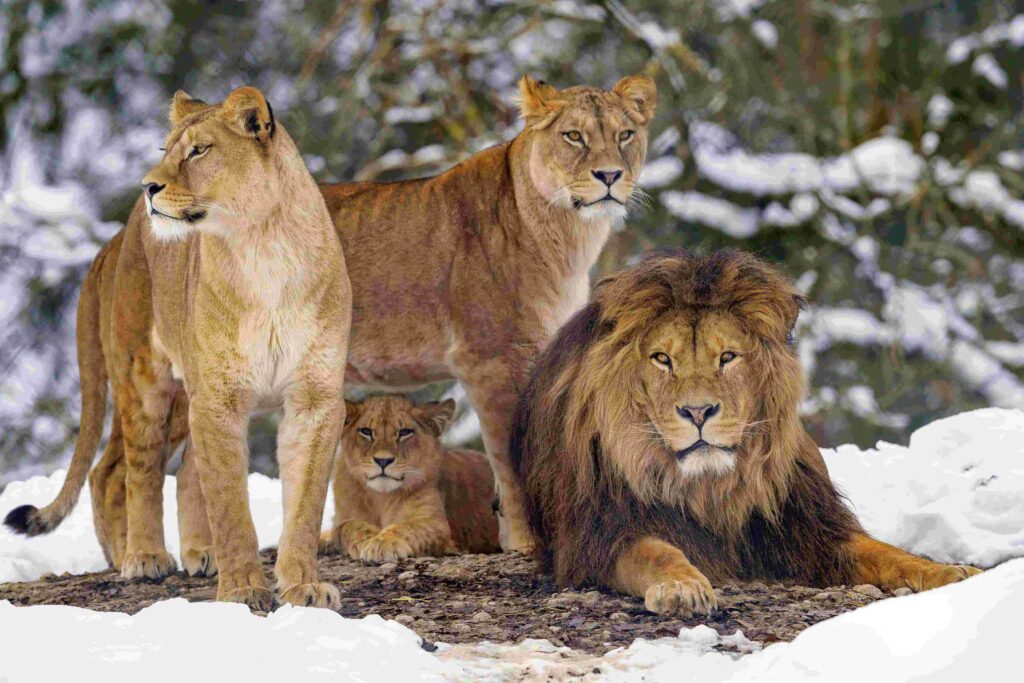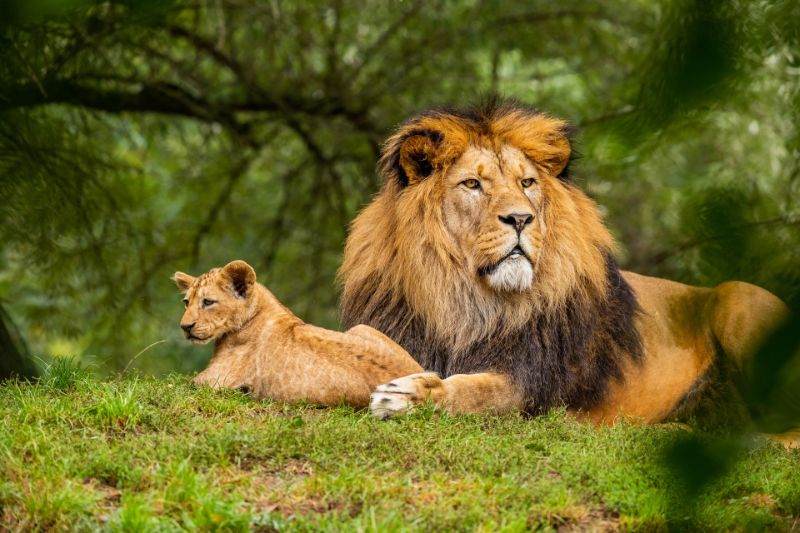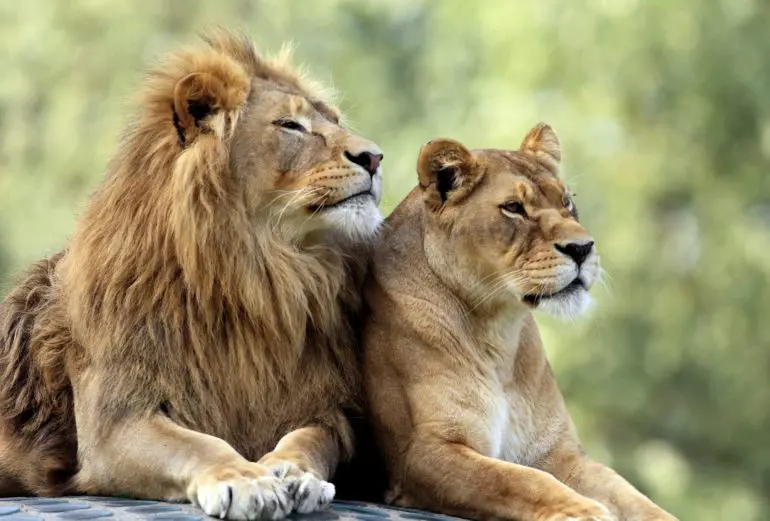The Caribbean islands are home to thousands of rare animals. These animals have suffered the highest extinction rates in modern history.. However, conservationists that have been working to protect nature and animals in the Caribbean for over 30 years have now restored their thirtieth island, helping to save over 12 more species.
Get Know more about Mammal, Buy This Mammals Flashcards.
The following are some of the animals they’re helping to survive:
Antiguan Racers
The Antiguan racers, once known as the world’s rarest snake, are harmless and incredibly slow moving. In 1995 it was thought that there were just 50 of them left, all on one small island. Now there are over 1,000 living on four islands. Experts say it can be difficult to protect snakes because they aren’t always the most popular animal.
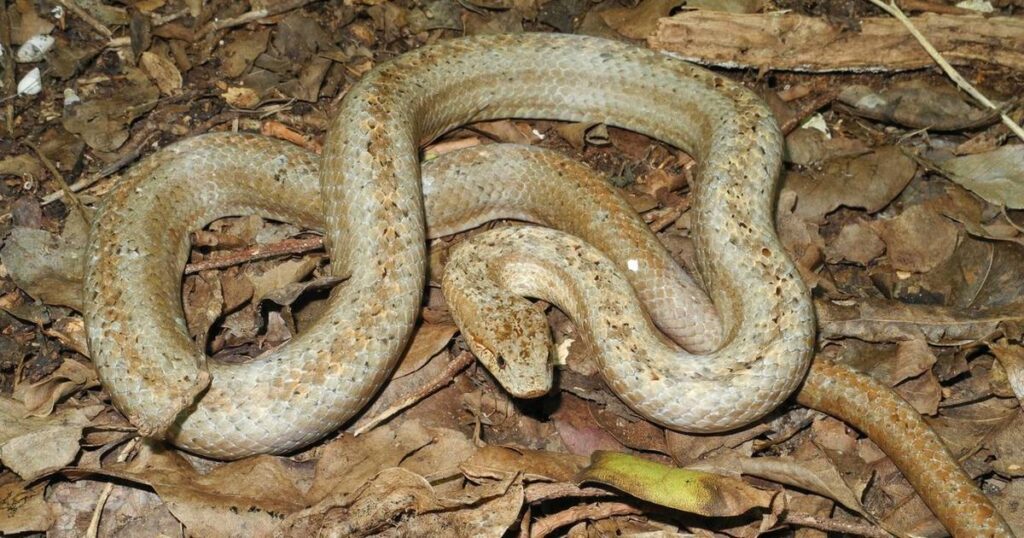
White Clay Rock Iguana
Thirty years ago, white cay rock iguana were on the brink of extinction, with fewer than 150 living on a small island in the Bahamas. However, today there are at least 2,000 white cay rock iguana. Removing certain animals like non-native raccoons and rats, from the area helped protect the species. Even the protection provided by law to this endangered species, greatly helped.
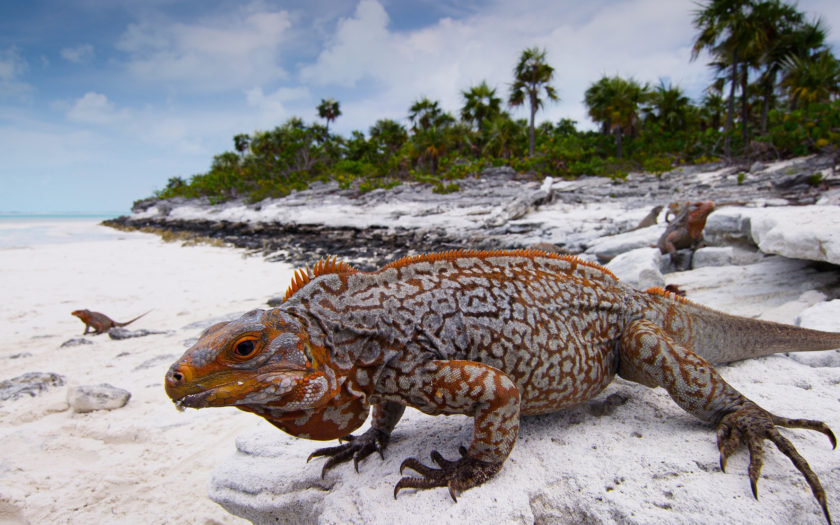
Sombrero Ground Lizard
Sombrero ground lizards live on Sombrero Island off the coast of Anguilla. This island has been impacted by deforestation and severe hurricanes. The number of lizards fell to less than 100. However, through techniques like removing invasive species, the lizard’s population has more than tripled since 2021.
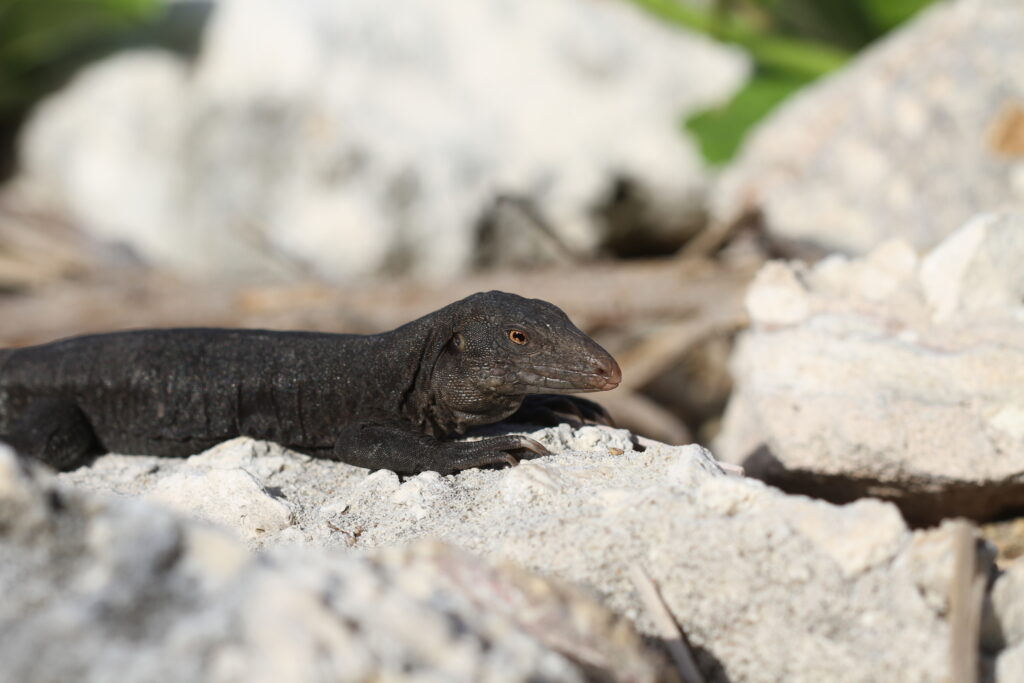
Saint Lucia Whiptail Lizard
There are 2,000 species of lizards native to the island Saint Lucia Saint Lucia whiptail lizard is a lizard with a population of less than 1,000, Conservationists have applied various conservation techniques, including making areas free of predators to improve their status.
Watch Full Video On, Fun Facts About Penguins

